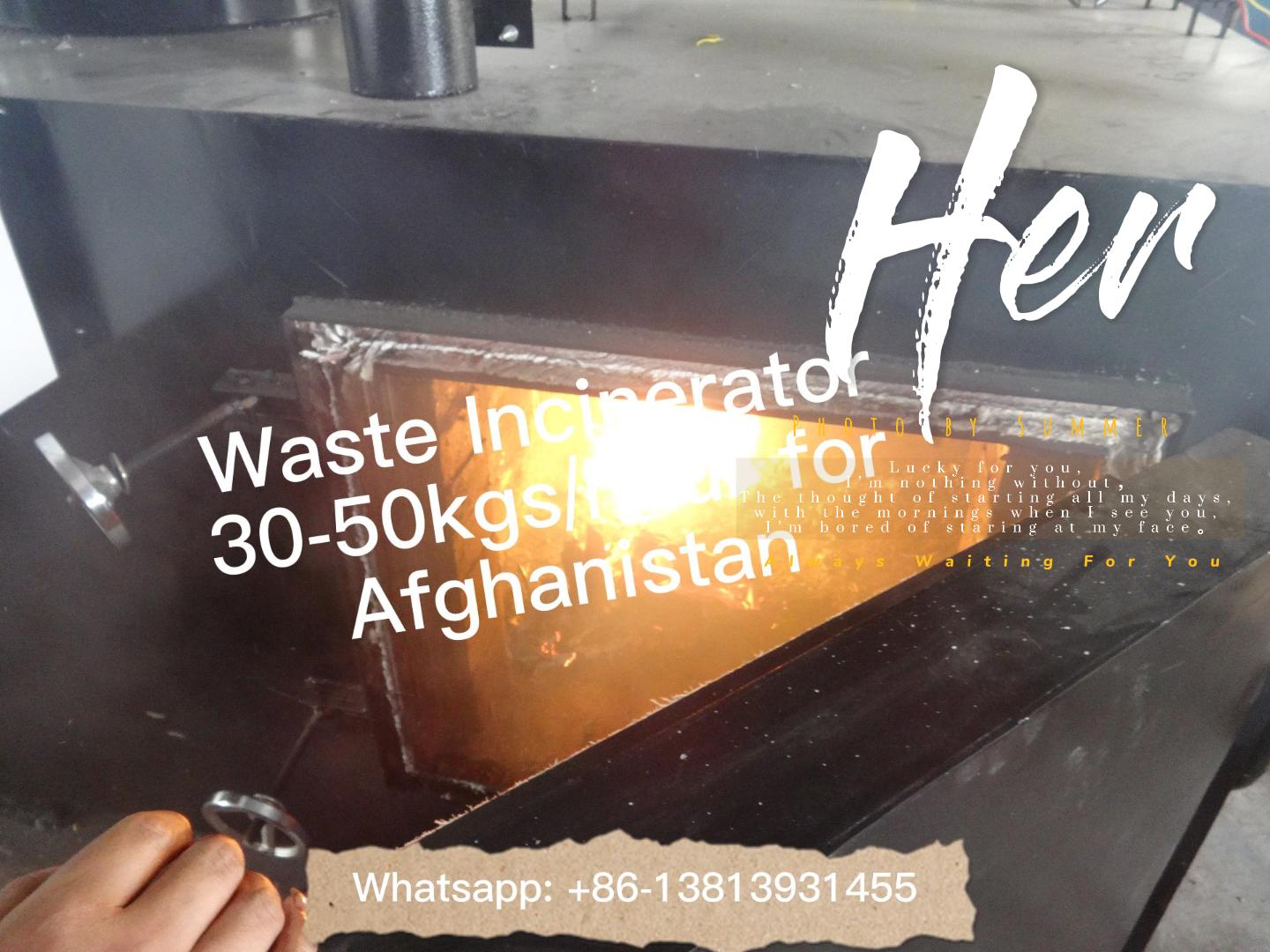Incinerators are an essential part of waste management systems, used to safely and efficiently dispose of solid waste by burning it at high temperatures. Designing an incinerator requires a careful blend of art and science, as engineers and designers must consider both the functional and aesthetic aspects of the incinerator.
The concept of designing an incinerator begins with understanding the specific needs and requirements of the facility where it will be located. Factors such as the type and volume of waste to be incinerated, the environmental regulations in place, and the available space for the incinerator all play a crucial role in the design process.
The art of designing an incinerator involves creating an aesthetically pleasing and efficient structure that fits seamlessly into its surroundings. This may involve incorporating architectural elements and landscaping to minimize the visual impact of the incinerator on its environment. The goal is to create a design that is not only functional but also visually appealing.
On the other hand, the science of designing an incinerator delves into the technical aspects of the structure. This includes determining the size and capacity of the incinerator, as well as the optimal layout and flow of the waste handling process. Engineers must also consider factors such as combustion efficiency, emissions control, and energy recovery to ensure that the incinerator operates safely and in compliance with environmental regulations.
One of the key considerations in incinerator design is the incorporation of advanced technologies for emission control and energy recovery. This includes the use of air pollution control systems such as electrostatic precipitators and scrubbers to minimize the release of harmful pollutants into the atmosphere. Additionally, energy recovery systems such as heat exchangers and steam turbines can capture and utilize the heat generated during the incineration process, improving the overall energy efficiency of the facility.
As with any major construction project, the process of designing an incinerator typically involves collaboration between architects, engineers, environmental consultants, and regulatory agencies. This multidisciplinary approach ensures that the final design meets all necessary legal and environmental requirements while also fulfilling the functional and aesthetic needs of the facility.
Ultimately, the successful design of an incinerator requires a careful balance of art and science. By seamlessly integrating the functional and aesthetic aspects of the incinerator, designers and engineers can create a structure that not only efficiently disposes of waste but also enhances the overall environment in which it operates. From concept to reality, the art and science of designing incinerators demonstrates the importance of a holistic approach to waste management and environmental stewardship.



